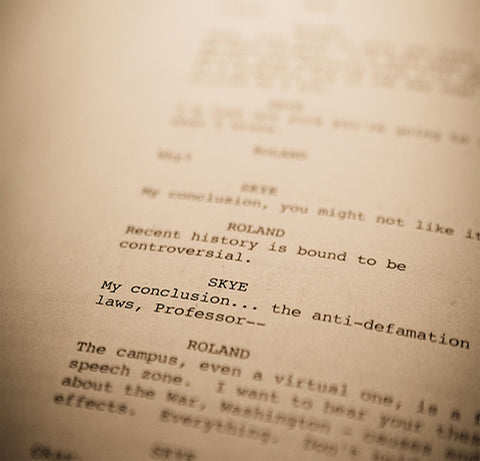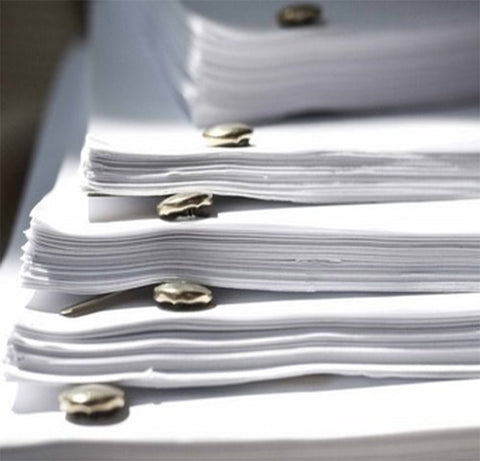
THE VALUE OF MINIMIZING BACKSTORY
“Backstory” is the term for any narrative that occurs in the past within the world of the script, chronologically occurring before the action of the A-story.
In cinematic writing, backstory typically takes one of two forms: exposition, and flashback. With exposition, we’re telling the backstory; characters talk about what happened, or perhaps we’re “telling” via stuff like on-screen crawls, photos/images, etc. In flashback, we’re showing backstory; we’re cutting back in time to play out a scene.
Backstory is like any other form of exposition: It should be treated like a necessary evil. We give the audience only so much as they need to understand the A-story, and no more. Anything else is superfluous at best, and at worst it’s clutter that’s getting in the way of the main narrative. Even flashbacks, while more visually interesting, by nature put the A-story on hold as they play out.
For example, look at Do the Right Thing. While the narrative is something of an ensemble with a lot of moving parts, it’s held together by the spine of Mookie’s A-story, and his job with Sal’s pizzeria. Even though the Mookie/Sal thread is vital to the storytelling, how much time do we spend explaining how this relationship came to be? Zero, none. Because we get without explanation that at some point Mookie needed a gig, so he hit up a place that was local to him. We aren’t cutting to flashbacks of Mookie and Sal first meeting because we don’t need it, and including that kind of stuff would be a shrug at best, in terms of narrative value.
In Raiders of the Lost Ark, how much time do we spend explaining how Indiana Jones came to become a world-traveling archaeologist adventurer? Zero, none. We do get hints of his backstory, but it comes up both minimally and organically as he interacts with characters who know him (Marion, Brody, Sallah). We get only as much as we need.
But now look at Iron Man. The majority of the runtime is devoted to watching Tony Stark become Iron Man. This is because it’s an origin story, and thus the origin is the A-story.
We should be ruthless with our own projects, at every stage. When I was directing my first feature, we were throwing away pages right there on set. “We’re explaining stuff we don’t need to explain, lose it.” I recently did notes on another film in post-production, and again the majority of the suggested trims centered around losing extraneous exposition and backstory. “We’re explaining stuff we don’t need to explain, lose it.”
Because here’s another thing: The audience is typically of the mind that anything they are being shown or told is there for a reason, i.e. it’s an important part of the film they’re watching. And if enough stuff proves to not be important, then we’re diffusing the focus on the choices, beats, characters, and story elements that actually are meaningful.
Always ask: Do we need it?




